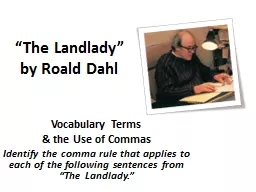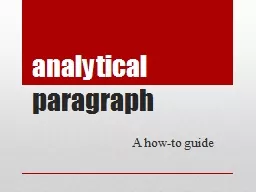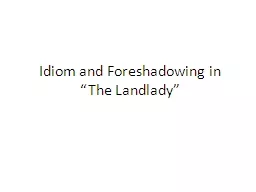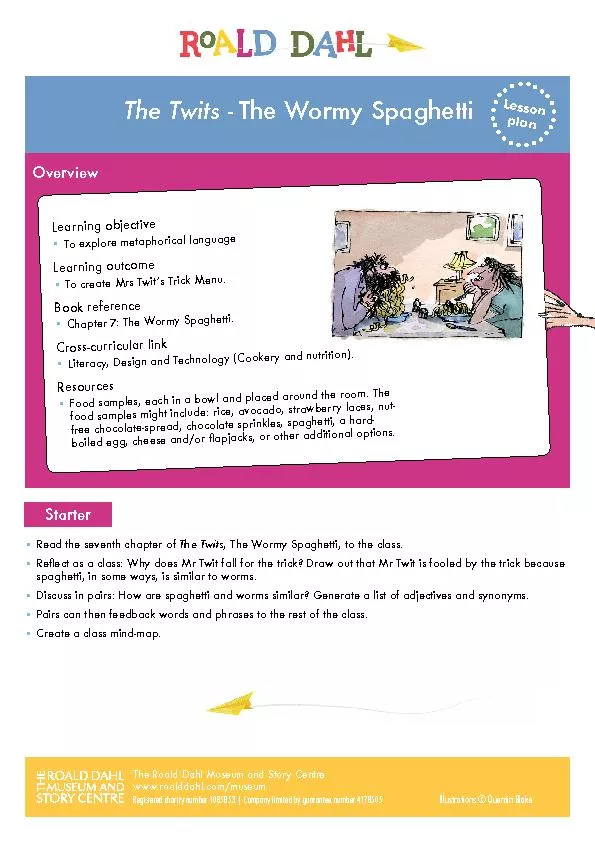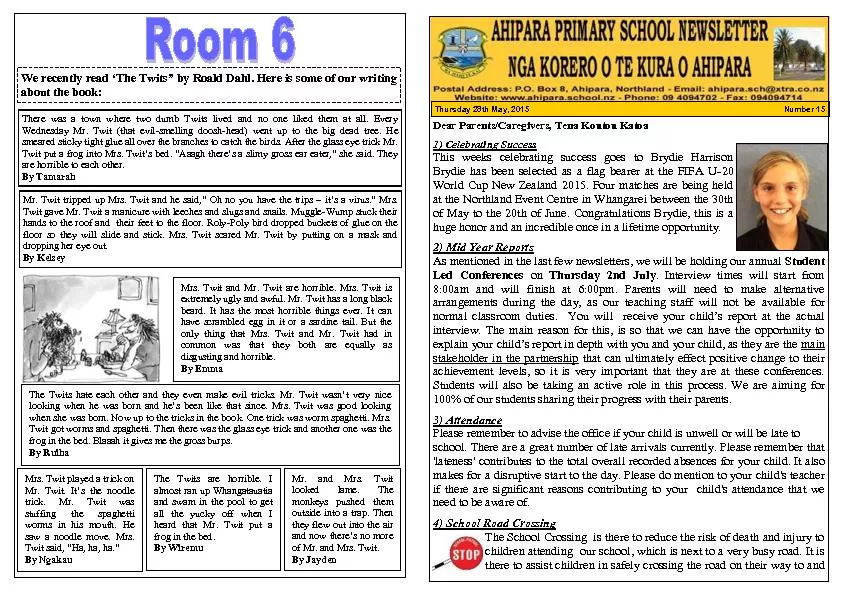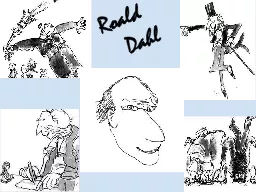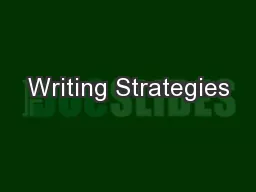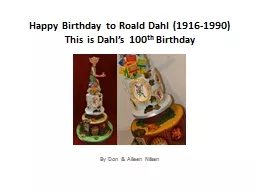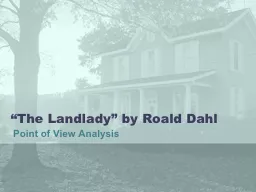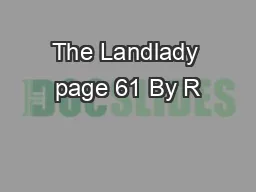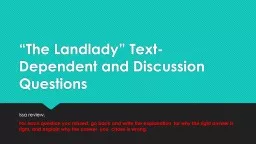PPT-“The Landlady” by Roald Dahl
Author : tatyana-admore | Published Date : 2018-11-03
Vocabulary Terms amp the Use of Commas Identify the comma rule that applies to each of the following sentences from The Landlady Page 73 But now even in the darkness
Presentation Embed Code
Download Presentation
Download Presentation The PPT/PDF document "“The Landlady” by Roald Dahl" is the property of its rightful owner. Permission is granted to download and print the materials on this website for personal, non-commercial use only, and to display it on your personal computer provided you do not modify the materials and that you retain all copyright notices contained in the materials. By downloading content from our website, you accept the terms of this agreement.
“The Landlady” by Roald Dahl: Transcript
Download Rules Of Document
"“The Landlady” by Roald Dahl"The content belongs to its owner. You may download and print it for personal use, without modification, and keep all copyright notices. By downloading, you agree to these terms.
Related Documents

